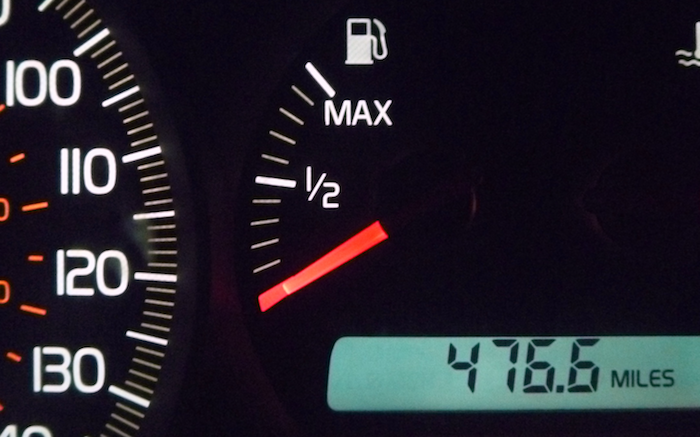In the 1950s, before the advent of pressurized oiling, oil filters, and detergent motor oil, a car's engine would be ready for an overhaul by about 65,000 miles. In the '70s and '80s, 130,000 miles or so was about the expected service life for most engines. Today, thanks to improvements in design, lubrication, metallurgy, and build quality, it's not unusual for an engine to make it to 250,000 miles or beyond without a rebuild and without burning a significant amount of oil. Still, that can only happen with the right maintenance and the right lubrication.

What Happens As An Engine Ages?
Everything on your vehicle—even the door handles—will wear and loosen with time (and hopefully won't fail altogether). Even with regular oil changes, the tight tolerances in an engine will loosen up due to normal wear and mileage. Piston rings and the crankshaft and connecting rod bearings will all develop some slop, and worn piston rings and valve seals will lead to oil consumption and poor compression. The bores of the cylinders can wear, too—high-mileage engines will even have a slight "ridge" at the top of the piston's travel just above where the cylinder walls have worn down.
Valves, valve guides, and seals will wear and result in compression problems and blowby of gases. Poor crankcase ventilation or irregular oil changes can cause buildup of sludge and carbon on rotating parts. Gaskets and seals will dry up, shrink, and degrade, causing leaks. All these parts can wear out at different rates, since some engine parts might be cast iron while others are aluminum or alloy. Finally, driving habits can have a big influence on engine longevity, too—hard acceleration or heavy hauling can speed up wear on an engine.
How Is High-Mileage Oil Different?
High-mileage oil is formulated with additive packages specifically for engines with more than 75-100k miles on the odometer. Those additives include:
- Seal conditioners that can swell and rejuvenate gaskets and seals back to their original size and shape, heading off engine leaks
- Viscosity modifiers that keep the oil thicker through its service cycle
- Detergents to fight carbon and sludge buildup on internal parts
- Anti-corrosion agents
- Friction modifiers that help compensate for the looser internal tolerances between moving parts

These characteristics of high-mileage oil are designed specifically for engines that are starting to wear and maybe lose oil pressure. They're not really intended for newer vehicles; you don't need your gaskets to puff up and expand on a newer engine, for instance. Late-model engines are designed for synthetic oil (often at a lower viscosity for less friction and better efficiency), and you're better off using manufacturer-spec motor oil for a newer car or truck. Make sure to "Add a Vehicle" when you shop so that the correct oils for your vehicle will be recommended to you.
High-Mileage Synthetic Oil Blends
Some high-mileage oils are synthetic blends. Synthetic oil can offer most of the benefits of high-mileage formulations, but with added protection and longer intervals between oil changes (helping to offset the extra per-quart cost). Synthetic motor oil is also more stable across a wide range of temperatures, meaning it won't thicken and become more viscous in cold weather or thin out in extreme heat. This is really important at startup, when the oil pump needs to quickly pressurize and get oil to the engine's upper end to head off wear and metal-to-metal contact.
Do you use high mileage oil? What has your experience been? Let's discuss!








